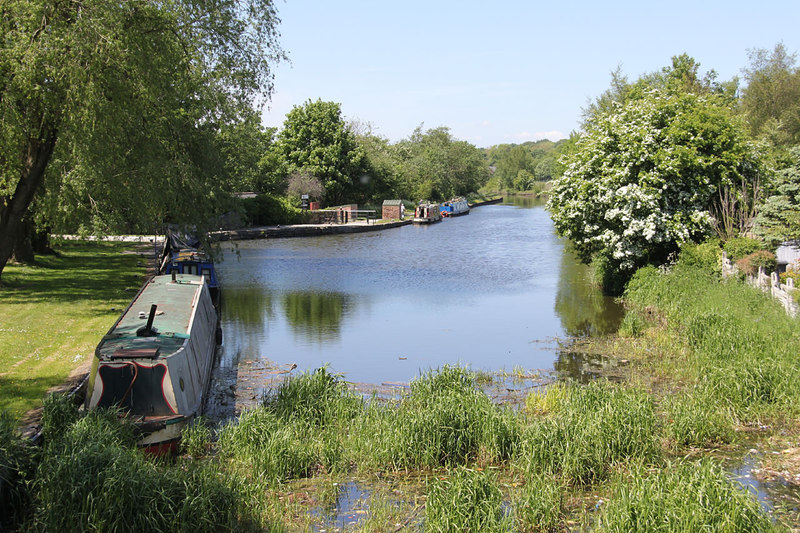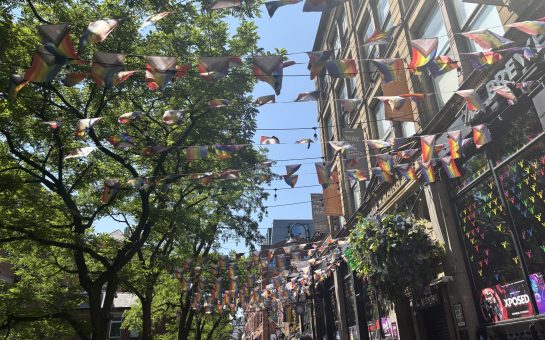Elsie Doran, 74, lives in Abram, a village on the bank of the Leeds and Liverpool Canal just three miles south of Wigan. She’s lived in the Greater Manchester borough for 50 years.
She’s happy.
“I’ve got good neighbours,” she says, “we’ve got good doctors, we’ve got a community centre. I’m widowed, so that sense of community on the estate is a good thing for me. There’s buses every ten minutes, you can nip into Liverpool or get the train to Manchester.”
With the village well-connected and Elsie having had no problems with getting doctors’ or dentists’ appointments, her day-to-day concerns are small things, like the upkeep of the estate she lives on and the removal of weeds.
Other than that she feels “lucky and happy” to live where she does.
Fellow Wiganer Councillor Keith Cunliffe, the Deputy Leader and Portfolio Holder for Adult Social Care in Wigan council, agrees. Despite “some areas of severe deprivation” within the borough which have struggled over the decade, the overall picture is positive.
He says: “In terms of austerity, we’ve been affected heavily but we’ve taken a different approach, through really tapping into our communities and community spirit.”
That may sound simple – but it seems to work as a recipe for a happy life, because Wigan is officially the best Greater Manchester borough for life satisfaction, according to the ONS – and by far the steepest climber over the past decade.
In the most recent year of recorded ONS data, from April 2022 to March 2023, Wigan recorded a life satisfaction rating of 7.59, the highest in Greater Manchester and the biggest improvement over the past decade. The borough experienced a jump of 2.71% from 7.39 in the year April 2012-March 2013, to 7.59 over this past year.
At the other end of the spectrum is Manchester, which declined over the decade from 7.17 to 6.97, a 2.79% drop, and resulted in Greater Manchester’s worst rating in 2022-23 of 6.97 out of 10.
Overall the picture for Greater Manchester is worse than the national average, with the exceptions of Wigan and Stockport. Britain as a whole languishes behind much of the world, ranked second-worst of 71 countries, just above Uzbekistan, on the 2024 Global Mind Project rankings released earlier this month and based on metrics of mental well-being.
In the ONS data, there were fluctuations over the decade, but overall the trajectories for Wigan and Manchester painted a clear picture of an area which is satisfied and improving, and one which has lower satisfaction levels which are declining year-on-year.
Councillor Cunliffe suggests several reasons to explain Wigan’s rising levels of life satisfaction. He says: “We’ve got people who have taken over areas where we would struggle to maintain and attract external money, and we’ve had massive improvements to play areas managed by the community.
“We’ve started to reinvest in culture and attracted Arts Council funding, which has brought out the creative aspects in young people and we’ve got an increasing number of venues for the arts and culture to perform at.”
As well as cultural developments, Councillor Cunliffe credits Wigan’s green spaces and environment for helping improve people’s life satisfaction over the decade.
He says: “There are some lovely places in Wigan, we’re very much a green borough. Over decades we’ve had a big land reclamation programme, we’ve reclaimed a lot of land like Ashton’s Three Sisters, so there’s a lot more green areas open to the public.
“I think that, along with opening up our canal corridors which are well used now, has helped to get people out and about and enjoying their leisure time.”
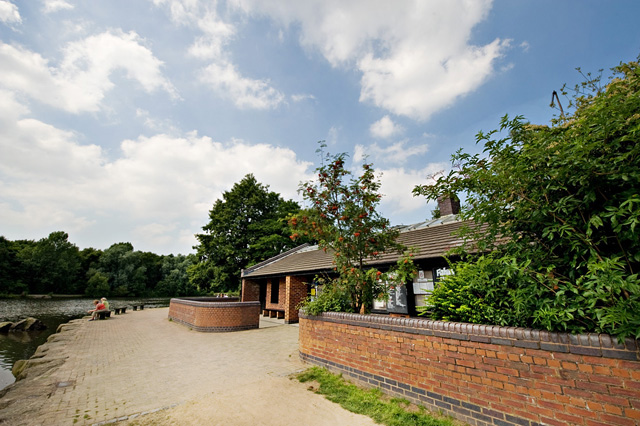
What’s impacted life satisfaction?
That green space was particularly pivotal during the Covid-19 pandemic, which has had a major impact on life satisfaction levels across the board.
In the earlier parts of this decade Greater Manchester appeared to be gently on the up, experiencing a gradual improvement on average in life satisfaction up to the year ending March 2020. This marked the first of a fluctuating few years since and which appear to correlate with two major upheavals, the pandemic and subsequent cost of living crisis.
Each of Greater Manchester’s boroughs experienced a slight fall in life satisfaction during the first year of the pandemic, from March 2020-March 2021, and some degree of bounce-back from March 2021-March 2022, when pandemic restrictions were lifted, although this varied between boroughs.
This would appear to correlate with the heaviest restrictions and difficulty of dealing with a global pandemic, followed by the period of relaxation of restrictions and gradual ‘return to normal’ – as shown in the graph below.
Wigan experienced a 6.37% improvement in 2021-2022, a net positive from the 2020-21 decline, whereas Manchester remained in the red after a 5.44% fall in 2020-21 and only a 4.63% bounce-back the following year.
Ruth Nduli, an 18-year-old college student from Beswick in Manchester, suggests the pandemic has had a long-lasting social impact on communities which has had a factor in more recent data.
She says: “I think Covid made people more anxious. We shouldn’t be worrying about our health as much as we do now because it’s just paranoia and anxiety. It’s really sad to see because now society and people are more drawn apart from one another rather than connecting.”
Councillor Cunliffe agrees: “There is certainly a mental health crisis out there, exacerbated by the Covid pandemic. In the first lockdown we did have a lot more open spaces for people to do their daily exercise, so that probably helped some people get through the first lockdown. But obviously the subsequent ones were very difficult, taking place in the winter months.”
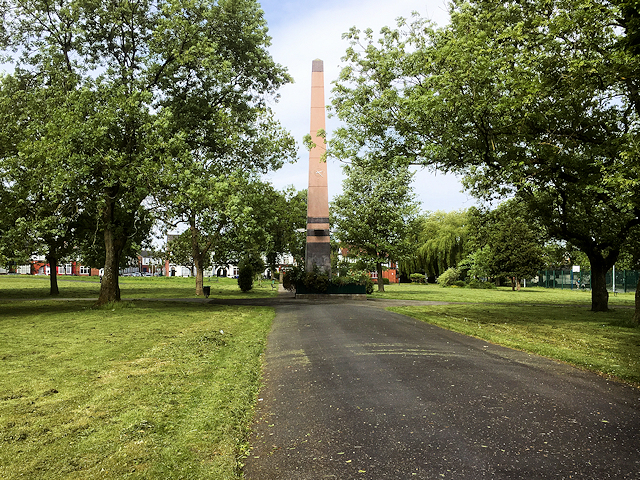
Sonny Jacobs, 24, a journalist from Crumpsall in Manchester, suggests that the city’s population in more built-up areas could have suffered more than elsewhere in the pandemic. He says: “Manchester doesn’t have a great deal of particularly leafy areas, a lot of it is quite built up so in Covid green space and fresh air were at a premium and a lot of people in Manchester wouldn’t have been able to enjoy that.”
While the year 2021-22 saw an improvement across the board, the most recent figures, from April 2022 to March 2023, featured another drop in life satisfaction for most boroughs. Bury, Bolton and Salford all experienced very minor changes, but Manchester saw an almost 7% fall from the previous year’s figures, and Rochdale, Oldham and Tameside all nearly 4%.
Seven out of ten boroughs in the city-region experienced a fall in life satisfaction and the remaining three only negligible increases.
Cunliffe suggests this drop was also heavily linked to Covid, saying: “I think we’re just coming out of the post-Covid situation, we’re also hitting the cost of living crisis, a big rise in energy prices across the board, food prices up – I think inflation hit 20% at one point. People have less disposable income because of that. I would put it down to a mixture of economic and post-Covid issues.”
What’s behind Manchester’s lower life satisfaction?
Manchester resident Jacobs suggests that the region’s increasing development and regeneration are making it a more attractive place to live, but may also have downsides. He says: “Perhaps the older communities have either moved or felt pushed out of Manchester. I was in Salford the other day and I was thinking that where there are five, six storey blocks of flats, it was all just grass and wasteland ten, fifteen years ago. Perhaps there are people who have just seen Manchester change so significantly.”
That urban regeneration, alongside the ongoing cost of living crisis, has seen prices skyrocket. Jacobs adds: “Certainly rents have absolutely spiralled out of control and houses where I am in Crumpsall are nearly double what they were ten years ago or less. If you’re paying through the nose for an inadequate property that would ruin your satisfaction in life anywhere.”
Councillor Cunliffe suggests that social factors could also play a part. He says: “We need more work on social cohesion in places. Greater Manchester is pretty multicultural but there are forces out there who don’t like that, and we need to be alert to those forces and do everything we can to push back against them.”
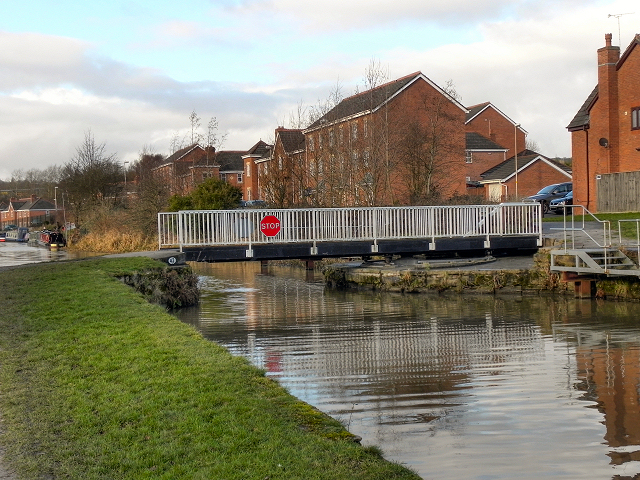
What next for Greater Manchester?
But despite a mixed few years for the city-region, and a decade-long average lower than the national average, several people painted a positive picture for the future.
Jacobs, who has grown up in the area, says: “I see north Manchester slowly, but surely getting a better and more attractive place to live. I can’t see any reasons not to be optimistic about the city’s future and not to be pleased with its growth so far.”
Councillor Cunliffe also saw room for optimism for the wider city-region in years to come. He says: “One of the biggest issues is how people feel in terms of the economy, and hopefully after a difficult couple of years if people start to feel more confidence in their job security, in better health services and general public services, then you should see a correlation [in life satisfaction].
“We need more affordable housing, transport infrastructure is another big issue, and the more opportunities there are to engage with creative activities will help as well.
“If those issues start to be addressed positively, that gives people more aspiration, more hope in their lives, and those general factors should help get Greater Manchester thriving again.”
Not every locale will look like Elsie’s corner of Abram – but with lessons to learn from Wigan’s success story, the rest of Greater Manchester could soon be on its way.
Featured image: Wigan Lock, copyright Alan Murray-Rust. All images from Geograph and used under Creative Commons License.
